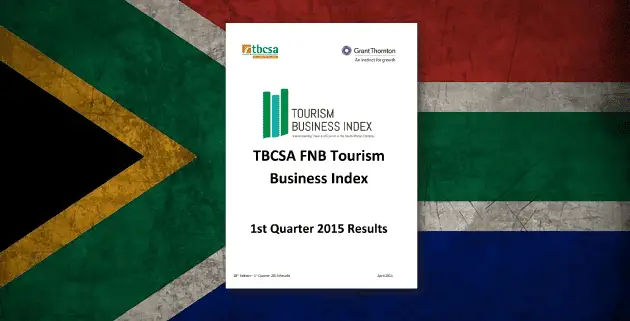10 Simple Steps To Debt Reduction
So you are in debt. You might have a little debt, a lot of debt, or you may even have no debt at all. Makes no difference. This simple 10-step debt reduction plan will get you out of debt and will help you stay out of debt. By Nigel Willmott.
This plan won’t cost you anything – just your time, discipline, patience and perseverance. Here is how the plan works in sequence;
Step One – be honest with yourself
Money abuse is like any other form of substance abuse. If you are going to make a start to regain your financial freedom then the first step is to admit that you have a problem and that you are going to embark on a process that is going to get you out of debt for good.
Money is a strange thing. We often hide from our problems and park things like debt in the denial space. Share your problem with family and close friends. Why? Simple, you will be doing things a little differently from now on and this will mean a change in habits and behaviour.
Step Two – assess the damage
Take all of the noise out of your head and put it down on paper. Draw up a simple table that should include the following;
- identify all creditors
- identify outstanding debt balances
- specify minimum monthly repayments
- loan interest rates
- loan repayment start dates
- loan repayment payback end dates.
More visual and on paper will make things more manageable and less overwhelming. At this stage draw a personal credit report to make certain that you have accounted for all credit loans. Prioritise the loan payments once you have the details. Ensure that all your debit orders are set up to run on the right dates and that you have the right amounts set up. If you can, set the payments higher than the minimum repayments. As you pay off one loan amount then roll this amount over into the next payment amount. This way the debt is reduced quicker and you save on the credit interest. This is called ‘cascading’.
Step Three – monitor and manage your spending
If you are going to tackle your debt you need to have a managed spending plan or budget. Stay within your budget. If you overspend and blow your budget then you dip back into credit, miss your repayments and go backwards.
Step Four – cut out waste spend
By following Step Three you will identify waste spend. Bring your poor spending habits down and free up cash flow. This will ensure that you can meet your debt repayments. By reducing your waste spend you will be able to free cash flow towards increasing your repayments towards your debt. This will reduce the term and save you credit interest.
Step Five – declutter and reduce
Have a look around the house. You may have household items that you do not use anymore. Set them aside and trade them in. The cash that you get should be rolled into reducing the debt balances.
Step Six – negotiate with the bank
See what options you have. You could shop the debt around for a more competitive rate. Re-financing the term may be an option. Caution – you may reduce the monthly amount but the term will be pushed out and you will pay more in the long run. Not ideal but a consideration. You could look at consolidating the debt into one credit facility. Whatever choice you make ensure that you understand the terms and conditions, interest rates, grace periods and the negative selling points before you switch or sign up.
Step Seven – big decisions
Depending on where you are at and depending on your debt exposure you may need to ponder on some big items. You may want to look at downsizing the luxury saloon to a more affordable runaround. This will save you on repayments, petrol, upkeep and insurance. You may also want to contemplate selling your house and moving to something smaller and more affordable. These sound drastic but if you are in a tight squeeze these options will make sense.
Step Eight – be goal orientated
- determine and prioritise which debt to tackle
- stick to the priority list [as identified in Step Two]
- set a realistic and achievable payment plan
- stick to the debt payment plan
- close off accounts as you bring them up to date
- roll over debt payments – ‘cascading’.
Step Nine – wipe the slate clean you have earned it
Once you have repaid your debts make sure that your credit record is updated. You did the hard work; ensure that the record shows it.
Step Ten – back to basics
Once you are debt free stay debt free. Don’t go back to old habits. Stick to your monthly spending plan and budget. Spend within your means. Save where necessary and avoid using credit. Adopt a more mature attitude to your personal financial wellness.
Recovering from debt is not easy. It is a process of recovery. Debt is like putting on weight. It is a slow creep but one day you reach a point where your financial health cannot tolerate any more debt. Here is where you draw the line. Get organised, stay on track and begin the long walk back to financial freedom. Good luck!
About the author: Nigel Willmott CFP® is the Managing Director of motivate | today, an independent holistic financial life skills company focused on the financial education needs of employer groups, universities and schools.





